Birding is a persevering hobby that gives one a purpose in life, therefore increasing your physical health and adding to the upliftment of your mental health.
Bird-watching can be an incredibly rewarding hobby, providing a unique opportunity to observe and appreciate birds in their natural habitat. Whether you are a complete beginner or an experienced bird-watcher, bird-watching for beginners can be a great way to learn more about the birds around you. In this guide, we will cover the basics of bird-watching, from how to identify birds to the equipment you will need and tips on finding birds in the wild. With a little bit of practice and knowledge, you can become a successful bird-watcher in no time!
Contents
- Do you want to be a "Birder", "Bird Watcher", or "Twitcher"?
- What is a Bird? Basics that will amaze you!
- 11 Interesting Cool Bird Facts
- When Bird-Watching what Manners should YOU have?
- What Equipment do you need for Birding? – 6 don't forget items
- Subscribe to a Bird Magazine
- Understanding Birders Terminology
- 4 Epic Tips for Planning Your Next Birding Vacation
Feel less anxious and capture a feeling of “happiness” as the dopamine hormone is released, leaving a satisfied, exciting ambiance, while bird watching. Equally important, this is an inexpensive leisure pursuit, that can be relished whether at home, on a day outing, or on vacation. Identifying birds is not always as simple as it sounds and mistakes can be made, but the pleasure is consistent.
Purchase a physical field guide of your country or area, or where your destination holds and spend time familiarizing yourself with a few of the birds in that location. Apps can also be obtained quite easily on your phone, so now it is time to get out, but be aware birding is very addictive!
Do you want to be a “Birder”, “Bird Watcher”, or “Twitcher”?
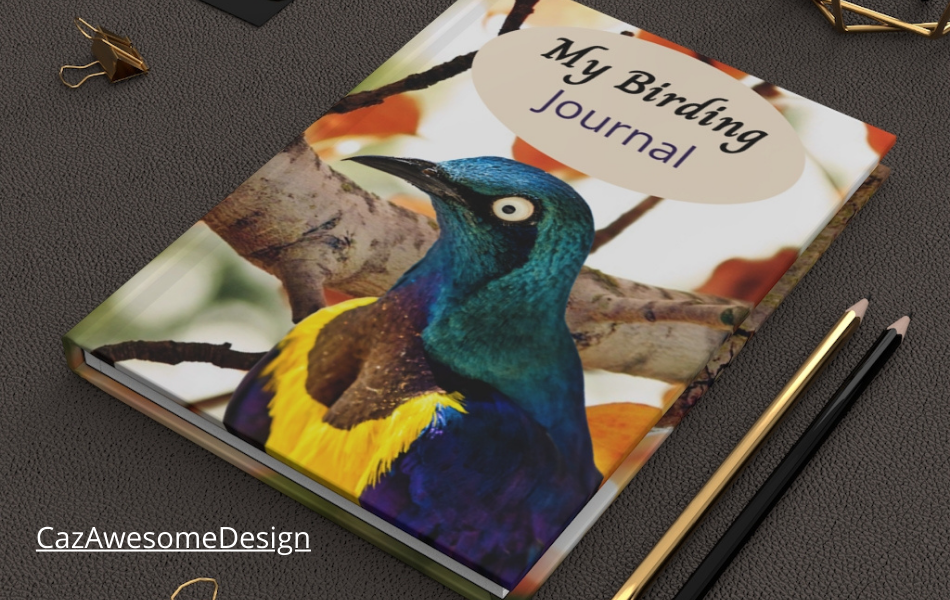
How seriously do you want to take your bird interest going into the future? Do you just want to be a home observer or take this hobby one step forward and become a “bird watcher”?
A “birder” takes his or her hobby very seriously, journalling all the birds they spot, including dates and times, taking photographs, belonging to birding societies, buying birding magazines listening to and even recognising all the birds by song. Travelling pacifically to find that bird on their list, becomes part of the birding journey.
A “twitcher” mainly hunts down rare birds.
| Birder. The acceptable term is used to describe the person who seriously pursues the hobby of birding. May be professional or amateur. |
| Birding. A hobby in which individuals enjoy the challenge of bird study, listing, or other general activities involving birdlife. |
| Bird-watcher. A rather ambiguous term used to describe the person who watches birds for any reason at all, and should not be used to refer to the serious birder. |
What is a Bird? Basics that will amaze you!
Did you know that a bird is a reptile and a dinosaur that belongs to a group of reptiles called archosaurs? Archosaurs are regarded as living reptiles that have been around for 225 million years.
| Birds are most closely related to crocodiles. To understand this, we should look at some history. The first groups of reptiles evolved about 300 million years ago. About 40 million years later, (very quickly by geologic standards), a group of reptiles called therapsids branched off, which eventually became modern mammals. Other groups of reptiles split off over the next 120 million years, and one branch called the dinosaurs was very successful. These dinosaurs were only distantly related to modern snakes, lizards, and turtles, groups that had split off at different times. But 65 million years ago there was a massive extinction event, and all dinosaurs were killed except for a single group of feathered dinosaurs. These evolved over the next 65 million years into modern birds. So birds aren’t just closely related to dinosaurs, they really are dinosaurs! |
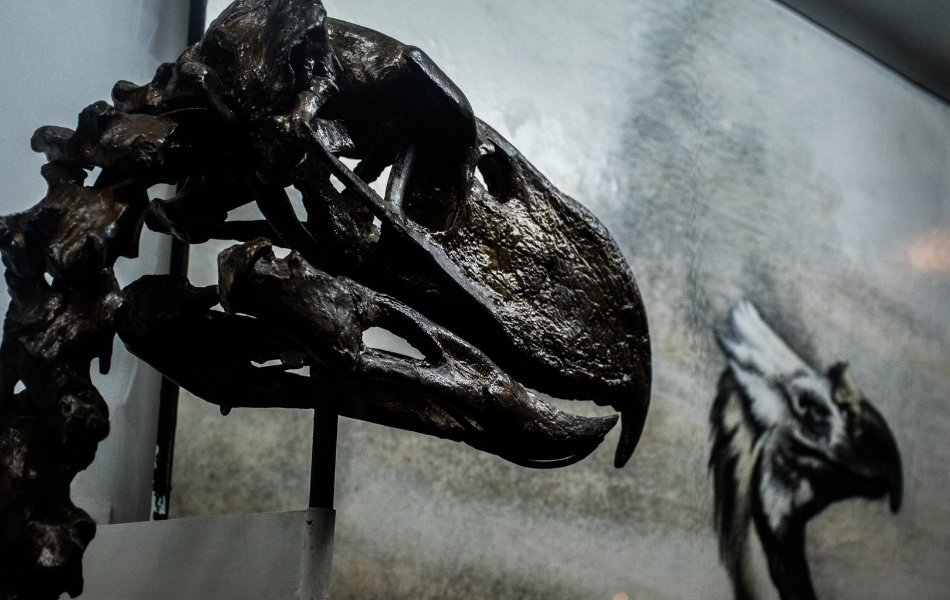
11 Interesting Cool Bird Facts

Did you know:
- There are approximately 10000 bird species worldwide
- Birds have hollow bones! This helps them with their weight to fly.
- Why are they, such great communicators? To attract a mate, warn other birds if danger is near and warn off predators.
- In captivity, ravens are even better than parrots at mimicking sounds or speech.
- The ostrich is the largest bird, but cannot fly. Their eyes are the largest of any land animal and they are bigger than their brain. Their eggs are also largest than any other bird.
- Small but beautiful, the hummingbird grows to only 5 to 6.1cm. The smallest bird. Imagine how small their eggs are.
- Living or crushed ants cover the cardinal birds. Why? no scientist actually knows but ants could assist with the removal of lice.
- Pigeons recognise your face if they see you more than twice.
- Birds don’t have a urethra, and don’t pee – all waste leaves via the anus.
- The Bassian thrush’s diet consists of worms. They fart at them and then the worm moves so they can get to them.
- Some ducks on the bounty of a group sleep with one eye open. They keep watch so the others can sleep more deeply.
When Bird-Watching what Manners should YOU have?
Birders have certain ethics and rules that are unspoken.
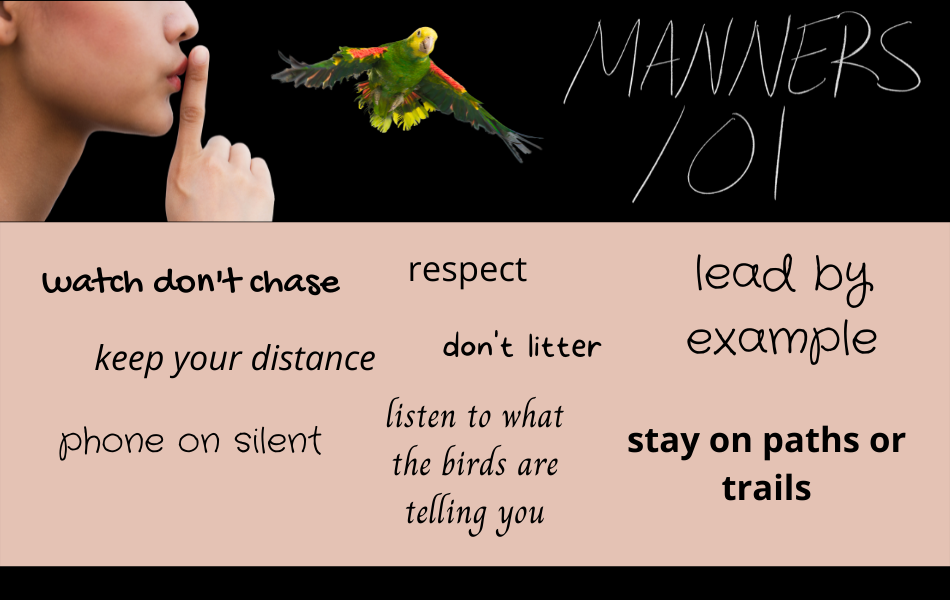
“Manners Maketh Man” quoted by William of Wykeham in 1324-1404. A birder is judged by other birders and birds by this idiom.
- Have respect for the birds you are watching and listening to
- Keep a respectful distance.
- Venerate other birders.
- Be quiet and only whisper while enjoying the watch.
- Listen to signs of stress and move back out of their space which they regard as a “danger” zone.
- Keep to the paths or trails and don’t litter.
- Turn the sound OFF or SILENT on your phone.
- Never use pre-recording bird sounds to lure birds in
- Understand the laws of the birding location.
- Don’t bring your dog along on your birding expedition
- Use a telephoto lens on your camera so you can keep a distance.
Obeying the silent rules will make your birding encounter fun, thrilling and stimulating, furthermore share your moments with others.
Did you know that starlings are the most “hated” bird because they can interfere with aviation, eat enormous amounts of grain crops, spread weeds and build nests in buildings, among other things?
What Equipment do you need for Birding? – 6 don’t forget items

As a beginner, you only need a few things to start with, including the knowledge and desire to hike, therefore I suggest you read my article on Hiking Beginner Tips for Seniors: Crucial points to know.
1. Binoculars
As you are observing the bird from a distance you do need a closer “3D” view. The clarity for identifying what type of bird you are observing, colour, feathers, and even eyes, make binoculars imperative. Some birders use telescopes or cameras with a telescopic lens, but seldom if ever have I seen a birder without their binoculars.
Looking through two telescopic lenses of binoculars gives the person looking through a far more natural setting, taking into account the weight of the binoculars in your hands is important, as you could be observing your beauty for some time.
Recommendation
I would recommend Celestron – UpClose G2 7×35 Porro Binoculars with Multi-Coated BK-7 Prism Glass, which are fabulous and can be purchased from Amazon! The prisms are sharp and clear and you can magnify to 7 times what you can see including multi-coated optics which assist in light transmission and sharper images. Yes, and they are water-resistant and rubber, equally important when you are out and about crossing rivers or streams. Watching birds, binoculars are a must!
2. Cap or Hat
So often we rush out excited to venture into nature but forget the ever-important hat, that should be breathable, and light and protect your eyes, face, and ears and shade the back of your neck. As a woman, if you have a ponytail, great if it has a ponytail hole, this adds comfort, because you spend hours outdoors so a good comfortable hat is imperative.
On Amazon the Women’s UV Protection Wide Brim Sun Hats are perfect, and I would suggest getting the grey colour as wearing bright clothing can be a distraction to the birds. Try to rather blend in than stand out.
3. Monocular Telescope with Smartphone Holder & Tripod
My cell phone never gets in close enough when I try to take photos of the bird I am watching, again, taking along my zoom in-camera is a pain, but taking a monocular telescope with my smartphone holder and a tripod is a blessing! I can steady my phone, zoom in and take a beautiful photo. So I highly recommend one of these.

Recommend
The one I do recommend at an affordable cost is the Anzid Monocular Telescope with Smartphone Holder & Tripod from Amazon.
4. Identify that Bird – Bird Field Guides
Field guides are more than pretty pictures and descriptions, what’s more, go through your guide to understand it, before going out. Closely related birds are grouped together in different sections of the book, for the same reason, to understand which birds can be seen in the area you will be. Without a doubt, view maps of that area which also indicate seasons the birds will be present.
Understand different Bird Field Marks, that tell differentiating characteristics that make birds different to one another, such as plumage and anatomy. Birds recognize each other through their unique markings and so do birders, therefore what classification or group does the bird you have spotted belong to? Read through Bird IDs and the Different Types of Birds giving you further knowledge, so keep these factors in mind, when going through your Field Guide.
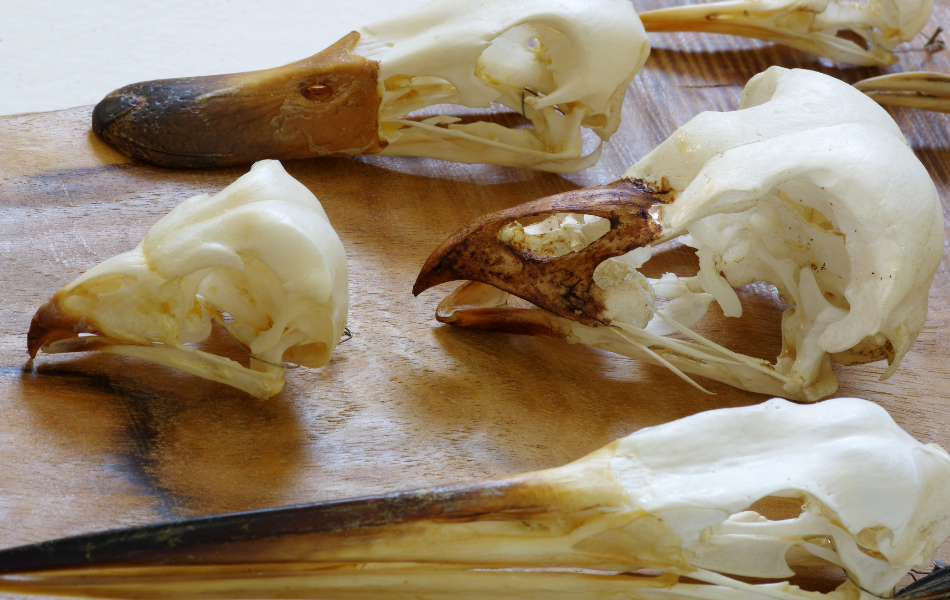
When you spot a bird, don’t rush to your field guide. Watch it for a while, appreciating its colours, size, sound and behaviour. Get your picture as it could disappear rather quickly, but your field guide remains. Only afterwards, have a look, as now you should be familiar now with what arrangement of bird it is and where it would be in the guide. Don’t rush to the first picture to judge your verdict, but be more thorough. The correct bird could be on the next page.
Below I have suggested some great Bird Field Guide books for different countries. You can purchase through convenience from Amazon.
| Peterson Field Guide to Birds of North America | North America |
| Field Guide to the Birds of South America | South America |
| Birds Of Canada Field Guide | Canada |
| Field Guide to the Birds of Britain and Ireland | Britain and Ireland |
| The Field Guide to the Birds of Australia | Australia |
| Field Guide To The Birds Of New Zealand | New Zealand |
| Birds of Southern Africa | Southern Africa |
| Birds of Japan and North-East Asia | Japan & North-East Asia |
Birding Apps are also terrific! I prefer my book field guide, but the apps to me are add-ons, but I know this is a personal preference and probably because I am from the “wiser” generation. I still take enormous pleasure in opening a book. Boucher’s Birding Blog: Apps for the Smart Birder — Which One Should You Use? – gives you further detail on the apps. Where apps are advantageous for me are the different calls and songs you can hear which help identify the birds.
5. What to Write in a Bird Journal – also known as a Field Notebook
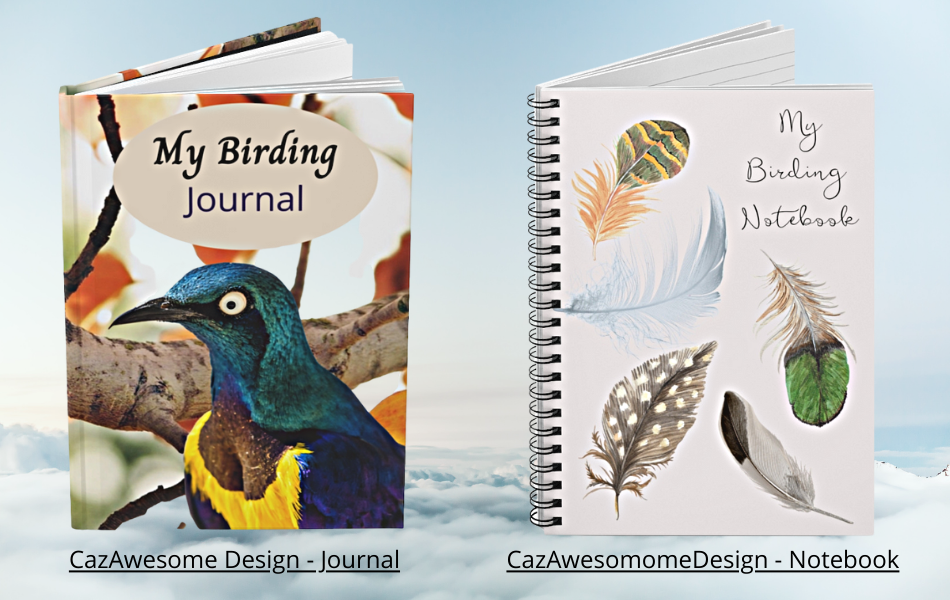
I keep two books. A Bird Journal and a Field Notebook. When I go out to do my birding, I write the date, season, weather, and location on the top of my Field Notebook before I leave, also packing my pencils (I take two) in my day backpack.
In the notebook, I write which birds I have seen, where, did I hear the call, and how many of them I spotted, including if I saw a nest and anything else I want to about that bird that I wanted to remember? Did I get a photo of the bird, and afterward I do some sketches?
In my journal, I do a more organized version of the day, as a more organized life list. Life lists can also be purchased, summing up the birds you have seen over the months and years.
There is no right or wrong way of doing this, but find a method that suits you and works for you.
6. Casual Daypack
You will need a Daypack to carry your requirements, noting to get an earthy color to blend in with the environment. A large backpack can be tiresome and irritating, especially as you would need access to it regularly, therefore I like a Daypack so I can place it in the front of my body for easy access or on my back while hiking.
Necessities to pack:
- binoculars
- a monocular telescope with a cell phone holder and tripod
- field guide
- field notebook
- 2 x pencils
- water bottle
- mosquito repellent
- cell phone and charger
- trail map
- antiseptic cream and plasters
- a few headache tablets
- wallet and ID document
- very light rain jacket
- sunblock
- lunch or a snack
- few tissues
- small disinfectant hand wipes
Subscribe to a Bird Magazine
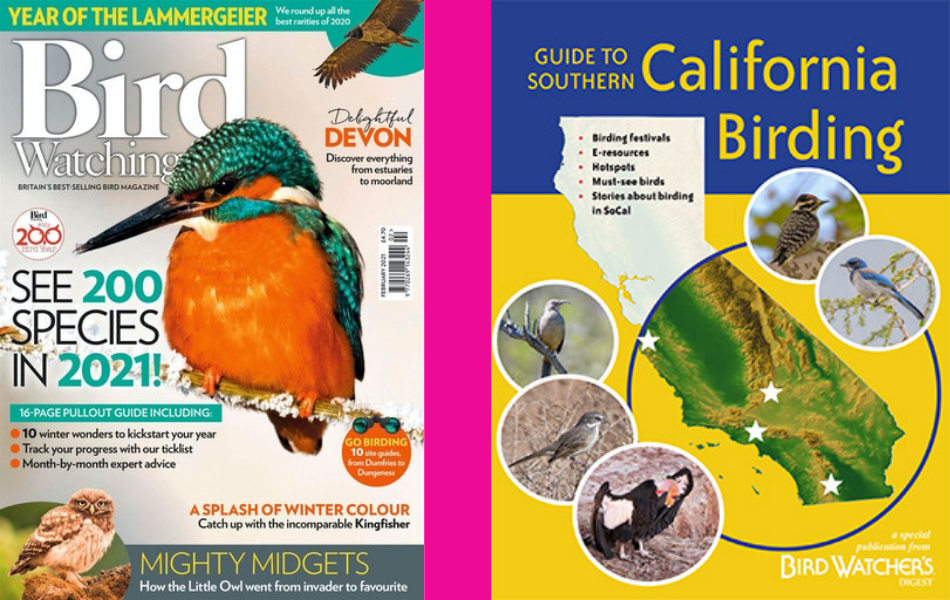
Do you still appreciate printed magazines? However, the printed versions are dying out and everything is moving toward being online, whereas, I still appreciate browsing my magazines and noting articles that are relevant to my walk of birders. Being a new birder, I recommend that you do subscribe to, or download your magazine.
I find the articles very informative, with wonderful pictures and such varied topics. Annual publications vary according to the magazine, but if you subscribe it is rather like Christmas on each delivery.
I am referring you to Wild Bird Watching where they will enlighten you on the different magazines.
Did you know birds find glass undetectable, therefore often slam into glass?
Understanding Birders Terminology
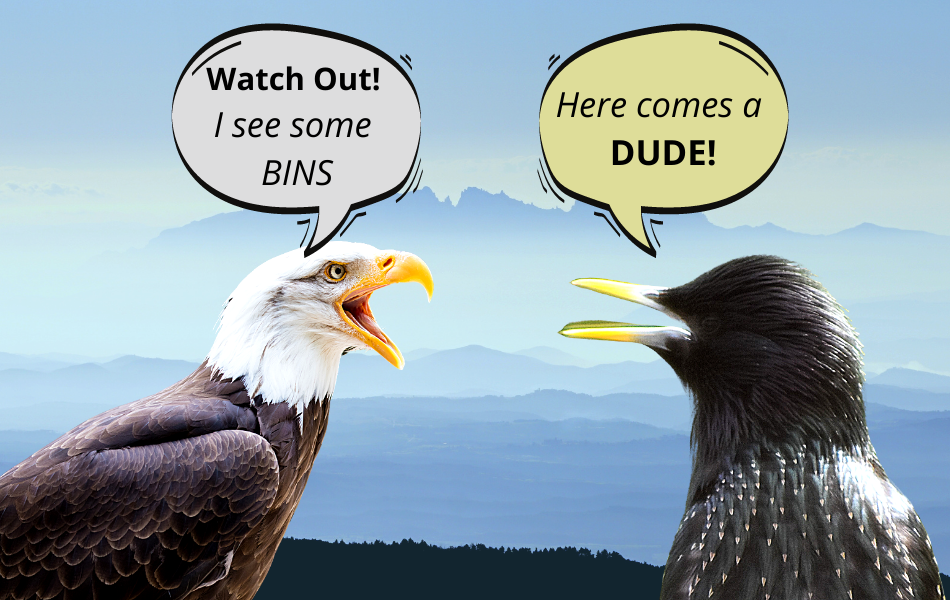
Birding jargon is vast and cannot be understood by those who do not do this hobby, hence it is wise to familiarize yourself with the most popular slang, especially if you are going on Birding Tours or birding with others. The worst is when others are around you speak a “language” you simply do not understand, evidently you will feel left out and even embarrassed when you keep asking “What does that mean?”
I have suggested two sites to assist you with this new language. A Birder’s Dictionary – Learn Birdwatching Terminology (or mock it) and also A Dictionary of Birding Slang Terms
Did you know the most annoying bird sound is from the male koel bird found in the Indian Subcontinent, China, and Southeast Asia?
4 Epic Tips for Planning Your Next Birding Vacation
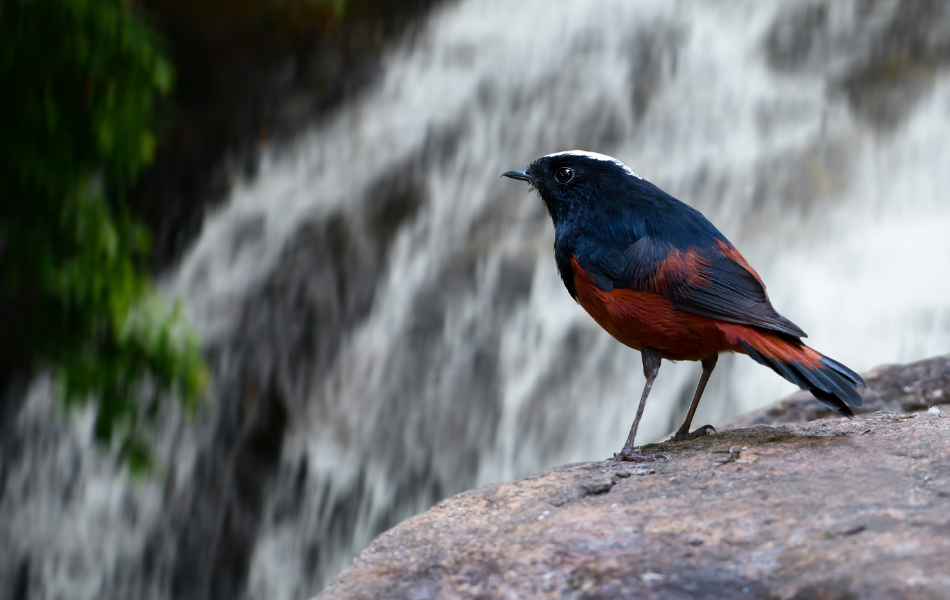
This is what we strive for! To go on vacation and do the hobbies we love best! Birders’ vacations can be done solo, or with like-minded individuals who also love birding, keeping in mind, if you decide to go on a birding tour, make sure you go with a group that is at a similar level to you at birding.
A more advanced group may chase rare birds for days. You may become totally exhausted and in the end, it is not a vacation but a hard sweat and when you return you feel as if you need a holiday!
Why do you need to travel and what are the Benefits? Have a squizz at my blog on What are the Benefits of Seniors Traveling? This needs to become part of you as birding as a beginner is brilliant, taking note to make time also to relax and appreciate your destination.
Examine which birds you would like to view or from which country. Are you more interested in tropical colourful birds, forest birds, seabirds, or ground birds? Then start making those initial plans. and let your preparations begin.
1. What are your Objectives
Are you going after a particular species or want to see the splendid, stunning birds of that area? I love going to different waterfalls wherever I vacation, so spotting birds around those waterfalls gives me great inspiration. Once you have set your objective, then other decisions come easier.
2. Decide on your Destination
Depending on your purpose, will define your destination. If you are looking for a selective species this may limit your destination therefore make sure you get a field guide on the area you are choosing. If you would like to see colorful birds you will need to research where those colorful birds are. Seabirds will bring you closer to the beach or onto an island somewhere.
3. Type of Accommodation needs to match your Objective – and Budget
What type of accommodation do you prefer? Luxury, unusual, private, social, or even consider house sitting, taking into consideration that your stay is close to locations you would like to bird view. Caravanning can also be a consideration as many campsites do cater to birders. Look at transport to that accommodation and surrounding areas.
4. How do you want to do this – Solo or in a Birding Tour
Both solo and birding tours have their advantages, whereas I relish in my own company, but also learn and get inspired by other birders. Going to the Kruger National Park in South Africa, the safari guides have an inconceivable amount of knowledge, not only about the wildlife but about the birdlife. Staying solo, but going with a game ranger on different birder hikes is just the best.
Numerous birding companies focus on birding groups. Have a look at TravelStride, but when you book make sure you let them know you are a beginner and not a birder with years of experience.
Another suggestion is to join birding groups on Facebook. Ask questions and see if others are going on birding vacations, focusing on going with others around your same age. Magazines also recommend tours.
- Study your field guides on the location you will be going to.
- Go over your birding slang and make sure you have packed all that you should.
- Decide on how many days you are going for.
| “One reason that birds matter – ought to matter – is that they are our last, best connection to a natural world that is otherwise receding. They’re the most vivid and widespread representatives of the Earth as it was before people arrived on it.” – Jonathan Franzen |
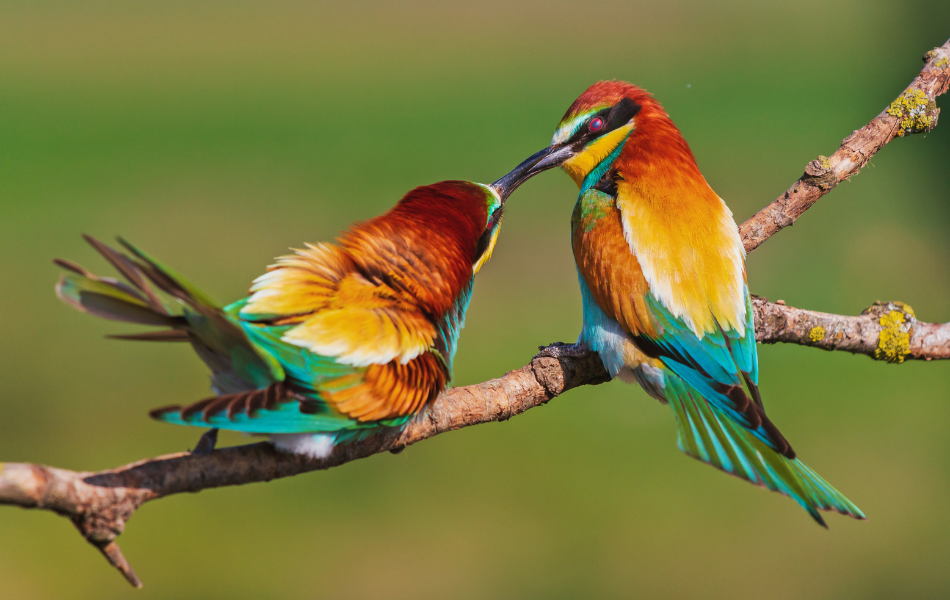
Would you like to become a birder? Perhaps you are already a birder. Share your thoughts or moments with us in the comments section.
Recent Posts
Discover insider tips to find cheap flights from the UK, save on easyJet, Ryanair & BA, and score the best weekend and last-minute deals. Why You’re Paying Too Much for Flights Most UK...
Discover the sounds of travel, from laughing kookaburras to market chatter, church bells to ocean waves - a journey heard as much as seen. It always starts with a sound. The other day, walking...



